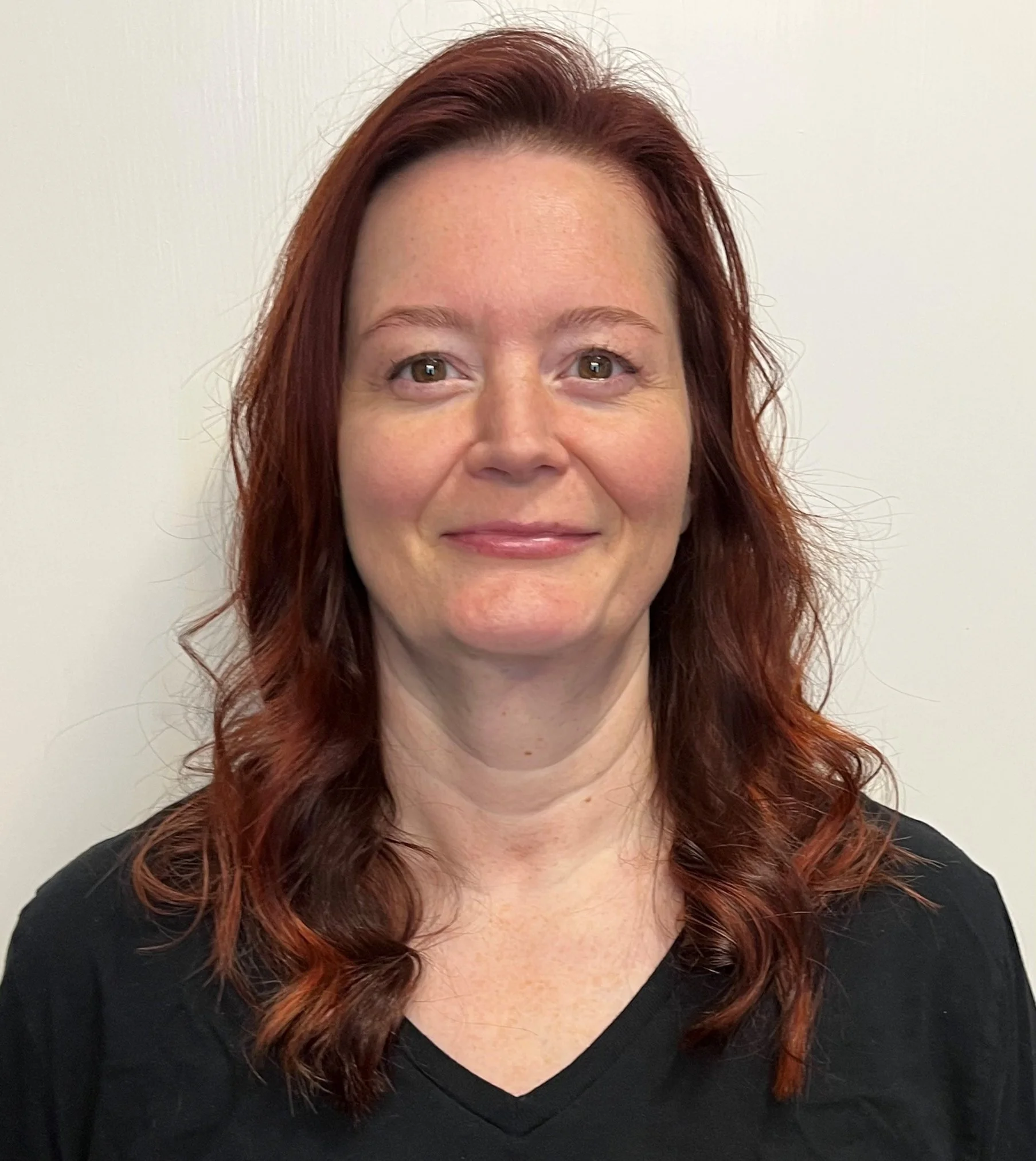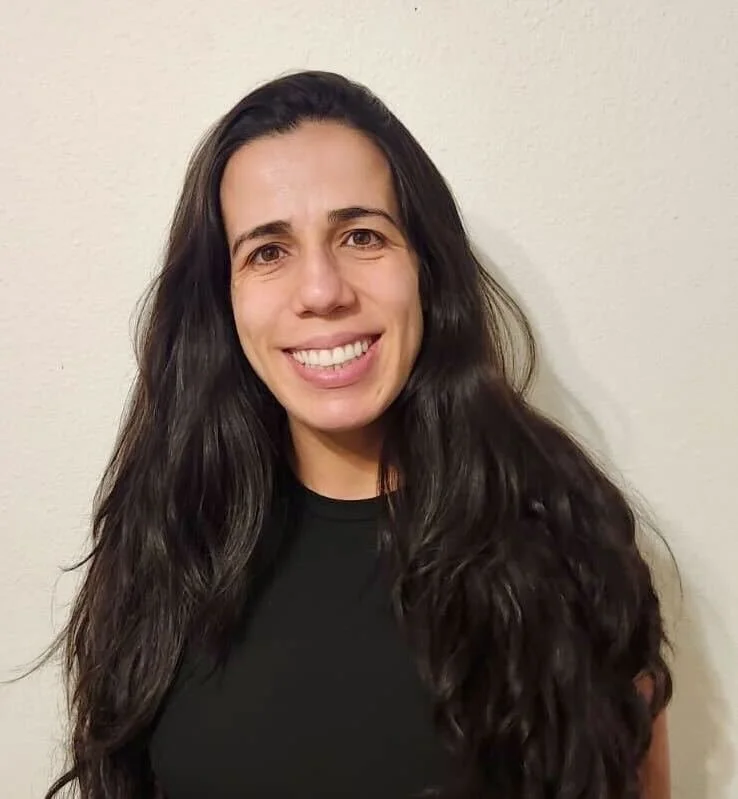Wayne State University
Cochlear electrical stimulation-induced tinnitus suppression and related neural activity change in the rat inferior colliculus
Tinnitus is a prevalent public health problem that affects millions of people and imposes a significant economic burden on society. Cochlear electrical stimulation (CES) is one promising treatment for managing tinnitus. However, little is known about the underlying mechanisms of CES-induced tinnitus suppression. In addition, electrode insertion during surgery can cause acute tissue trauma and cell losses, initiating programmed cell death within the damaged tissue of the cochlea. Recently, we demonstrated that cochlear stimulation suppressed tinnitus-like behaviors in rats, which is accompanied with tinnitus-related neural activity changes. We therefore suggest that CES-induced tinnitus suppression would be more robust when hearing is protected from implant trauma by intra-cochlear application of AM-111, a novel enzyme inhibitor.




















